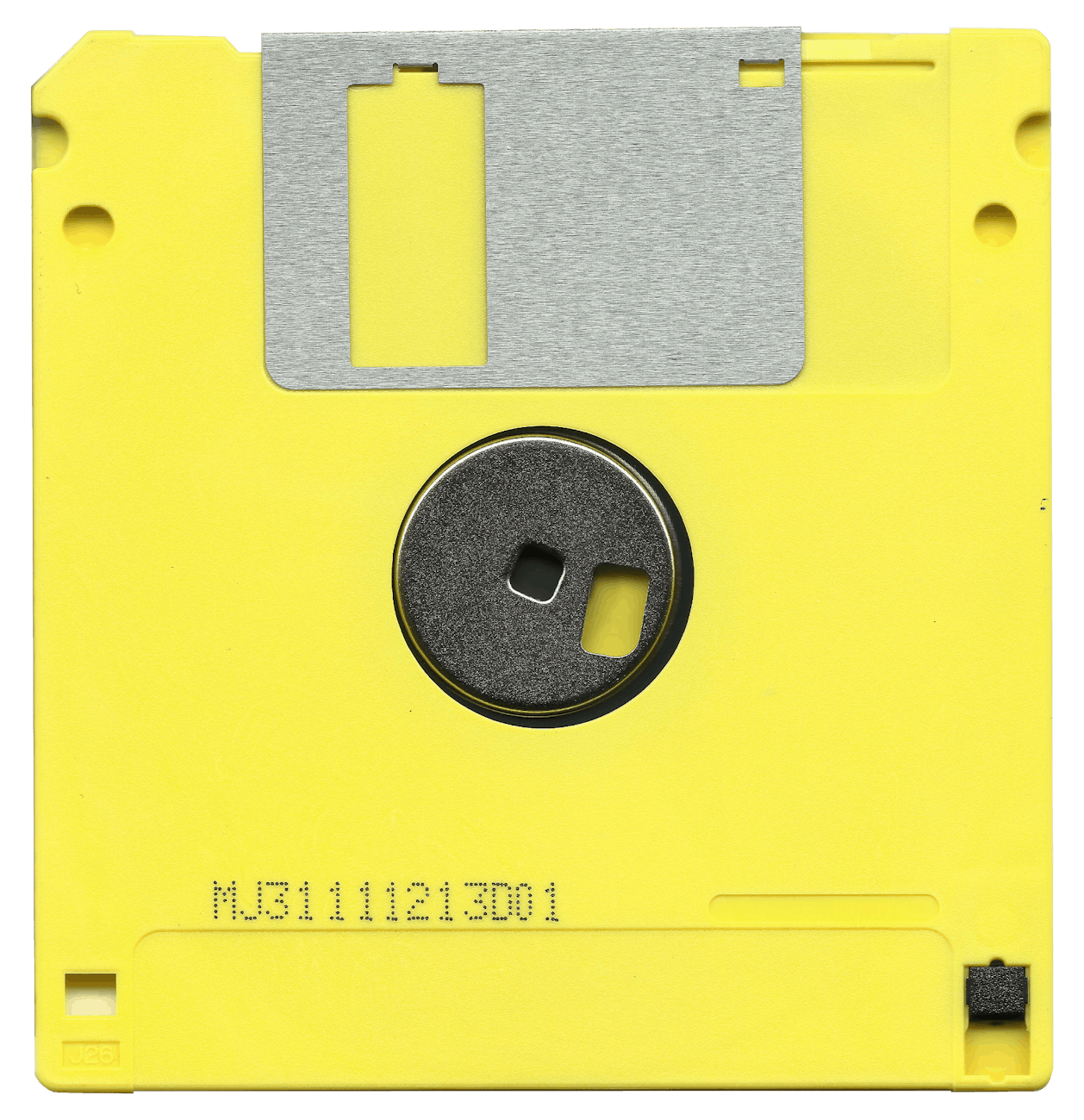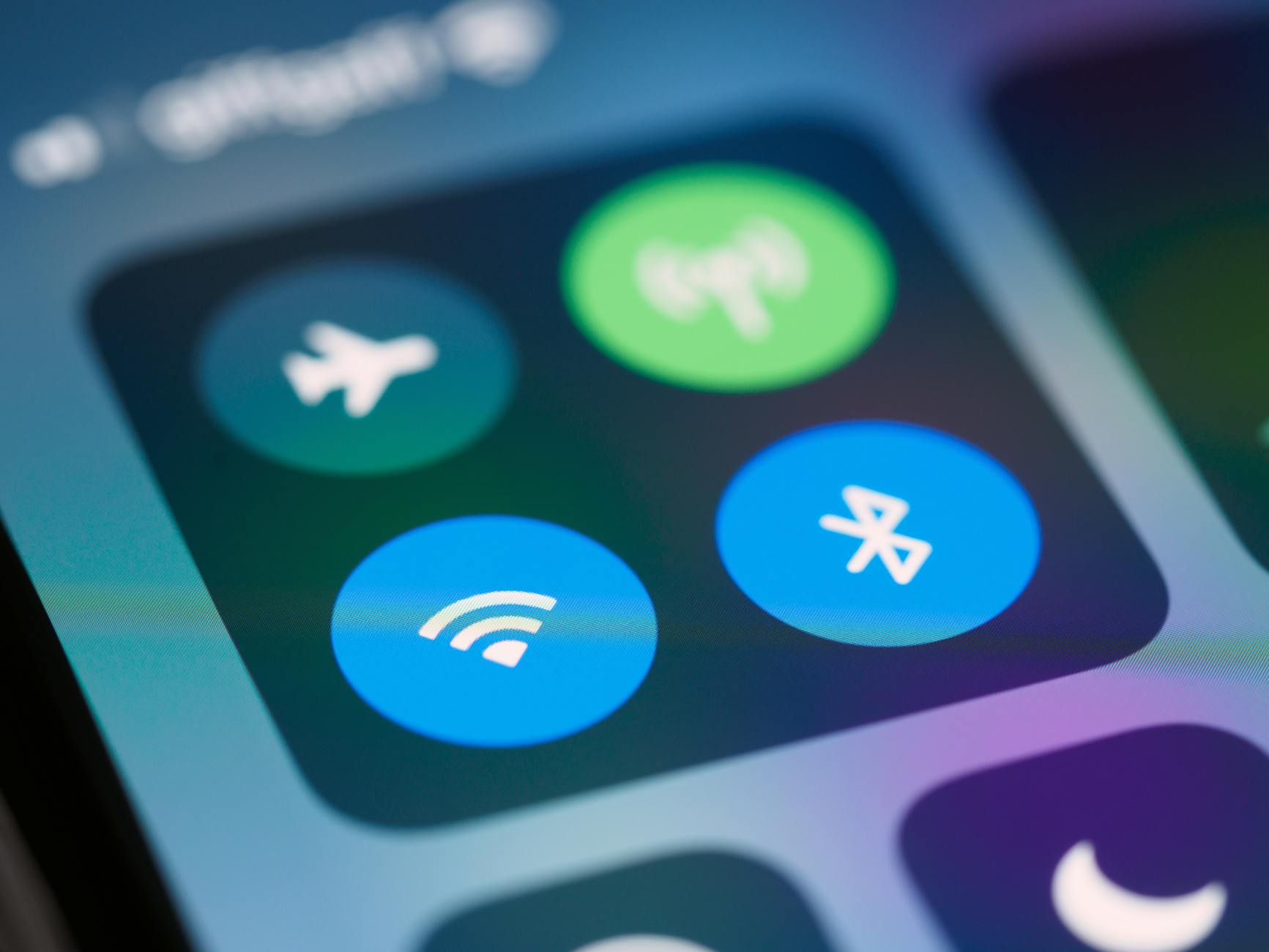Immersive experiences are all around us, sometimes we notice them, and other times we don’t even realize we are part of one. In simple terms, an immersive experience is something that makes you feel like you are part of the moment, activity, or environment. It captures your full attention, involves your senses, and pulls you into the experience so deeply that it feels real.
Think of walking through a museum where digital walls react to your presence. Or playing a video game where the world feels alive and every decision you make shapes the story. Even watching a 360-degree movie with a virtual reality headset counts. These are all examples of immersive experiences.
The idea is to create something more than just an event or activity, it’s about full engagement. Let’s explore how immersive experiences work, why they matter, and how they are changing the way we live, learn, shop, and play.
The Core Elements of Immersion
Immersive experiences can take many forms, but they often share a few key features:
1. Multi-sensory Interaction
These experiences involve more than one sense. They may include sound, visuals, touch, motion, or even smell. The goal is to make the experience feel as real as possible.
2. Deep Engagement
People don’t just watch or listen, they participate. Immersive experiences make users feel involved and active, rather than passive.
3. Technology or Creative Design
Immersion often uses technology such as Virtual Reality (VR), Augmented Reality (AR), or projection mapping. But it can also rely on clever lighting, sound design, storytelling, or art installations.
4. Storytelling and Emotion
Many immersive experiences use storytelling to connect with emotions. Whether it’s a museum exhibit, escape room, or live performance, a good story makes the experience memorable.
Different Types of Immersive Experiences
Immersive experiences can happen in many settings, from classrooms to theaters, from digital games to shopping malls. Here are some of the most common types:
1. Virtual Reality (VR)
VR places users in a fully digital environment. You wear a headset that covers your eyes and ears, and you can explore a computer-generated world. VR is used in gaming, training, education, therapy, and even tourism.
Example: A VR travel app that lets you walk around the streets of Rome without leaving your house.
2. Augmented Reality (AR)
AR adds digital elements to the real world. You may use your phone, glasses, or a headset to see added graphics or information layered over what you already see.
Example: A shopping app that lets you see how a new sofa would look in your living room through your phone screen.
3. 360-Degree Video
360-degree videos allow viewers to look in any direction while watching. These videos work with VR headsets or even on smartphones. They are often used in virtual tours or documentaries.
Example: A nature documentary that lets you stand “inside” a rainforest and look around as animals move through the trees.
4. Immersive Theaters and Performances
In these shows, the audience moves through the space and interacts with the performers. The lines between actor and viewer become blurred.
Example: A play where the audience follows actors through different rooms, with each room telling a part of the story.
5. Immersive Art and Museums
Some art installations allow visitors to walk through rooms filled with lights, projections, and sound. These create dreamlike, engaging experiences.
Example: A digital art show where floors, walls, and ceilings come alive with moving patterns that respond to your movements.
6. Immersive Retail and Shopping
Some brands use immersive experiences to enhance shopping. This may include interactive displays, AR fitting rooms, or even themed stores.
Example: A sneaker store where customers walk into a tunnel filled with music, lights, and videos that tell the story of a shoe.
Why Do Immersive Experiences Matter?
1. Better Learning
Immersive experiences make learning more interesting. In schools or corporate training, people can practice real-life situations in a safe and engaging environment.
Example: Medical students using VR to practice surgeries without needing a real patient.
2. Emotional Connection
Immersion creates strong emotional memories. This is why brands, museums, and even therapists use immersive tools, to create deeper impact and understanding.
3. Enhanced Creativity
Immersive environments can spark new ideas. Artists, designers, and innovators often use virtual tools to build, test, or imagine things they can’t yet create in the real world.
4. Memorable Marketing
Businesses use immersive experiences to grab attention. A creative, interactive ad or event is more likely to be shared and remembered.
5. Accessibility and Reach
Virtual immersive spaces allow people to visit places or events they couldn’t otherwise access due to cost, distance, or physical limitations.
Popular Industries Using Immersive Experiences
1. Education and Training
Schools, colleges, and professional training centers are using VR and AR to teach complex topics. It helps people learn by doing, not just by reading or listening.
Example: A chemistry lab simulation that lets students mix virtual chemicals without risk.
2. Entertainment and Gaming
Gaming has always been about immersion. Now, with VR and AR, players can become part of the game world.
Example: A VR horror game where you walk through haunted environments and interact with the story.
3. Healthcare
Doctors use VR to practice surgeries. Therapists use immersive tools to treat anxiety, PTSD, or phobias by safely exposing patients to triggers in a controlled setting.
Example: A person afraid of flying using a VR app that simulates a flight to reduce fear gradually.
4. Travel and Tourism
Virtual tours allow users to visit historical sites, hotels, or travel destinations before booking. It helps build excitement and trust.
Example: A 360-degree video tour of a hotel room or cruise ship.
5. Retail and E-commerce
Online shopping becomes more engaging with AR tools that let customers try on clothes, test makeup, or place furniture in their homes before buying.
Example: An eyewear app that shows how glasses would look on your face in real time.
6. Real Estate
Virtual tours of homes or buildings help buyers and renters view properties remotely. These tours may include interactive floor plans or clickable items for more details.
Tools and Technologies Behind Immersive Experiences
While the end result feels magical, immersive experiences often rely on powerful technologies:
1. Virtual Reality (VR) Headsets
Devices like Oculus, HTC Vive, and PlayStation VR create full-body virtual experiences.
2. Augmented Reality Apps
Apps like Pokémon Go or IKEA Place show how digital elements blend into real life using smartphones or AR glasses.
3. Projection Mapping
This technique turns walls, buildings, or objects into display surfaces for video and animation, making static things come alive.
4. Haptic Feedback
Some devices give a physical sensation, like a vibration or tap, when something happens in the virtual world. It makes the interaction feel more real.
5. Artificial Intelligence (AI)
AI allows environments to react to users. For example, a museum exhibit might change based on where the visitor walks or what they say.
6. Sensors and Motion Tracking
Sensors track movement and gestures to allow users to interact without touching a screen. These are often used in gaming and training.
Advanced Insights: The Future of Immersive Experiences
1. The Metaverse
The metaverse is a virtual shared space combining VR, AR, AI, and real-time data. It’s a digital universe where people can work, shop, play, and connect using avatars.
Many tech companies are building immersive platforms that aim to blend real and digital lives.
2. Mixed Reality (MR)
Mixed Reality combines the best parts of VR and AR. It lets digital and real objects interact. For example, a virtual ball can bounce off a real table.
MR opens up new opportunities for design, training, and even social interaction.
3. Immersive AI Companions
Some immersive platforms now include AI-generated characters that can talk, react, and respond to users. These virtual assistants or guides can make experiences more personal and human-like.
4. Full-Body Tracking and Tactile Suits
In the future, immersive experiences may involve wearable suits or gloves that give full-body feedback—so users can feel touch, temperature, or pressure in a virtual space.
Challenges and Considerations
While immersive experiences are exciting, they also raise some questions:
- Cost: High-end VR headsets and content development can be expensive.
- Access: Not everyone has the devices or internet speeds needed for immersive tech.
- Overstimulation: Too much sensory input can be overwhelming for some users.
- Privacy: Tracking tools and sensors raise concerns about how user data is collected and used.
- Health and Safety: Long sessions in VR may cause eye strain or motion sickness in some individuals.
As this field grows, creators and companies must find ways to make immersive experiences safe, inclusive, and widely accessible.
Conclusion: A New Era of Experience
Immersive experiences are transforming the way people learn, connect, and enjoy life. Whether it’s exploring ancient ruins in virtual reality, shopping through augmented apps, or stepping into a live art installation, these experiences open doors to new emotions, knowledge, and memories.
As technology becomes more affordable and creative minds continue to push boundaries, immersive experiences will likely become a regular part of everyday life. From classrooms to concerts, from therapy to travel, the power to step inside a new world is now in our hands.
Disclaimer
This article is for educational and informational purposes only. While immersive technologies offer exciting possibilities, readers should consider personal needs, health, and safety before participating in virtual or immersive activities. For professional advice on immersive tools in education, therapy, or business, please consult a qualified expert.



